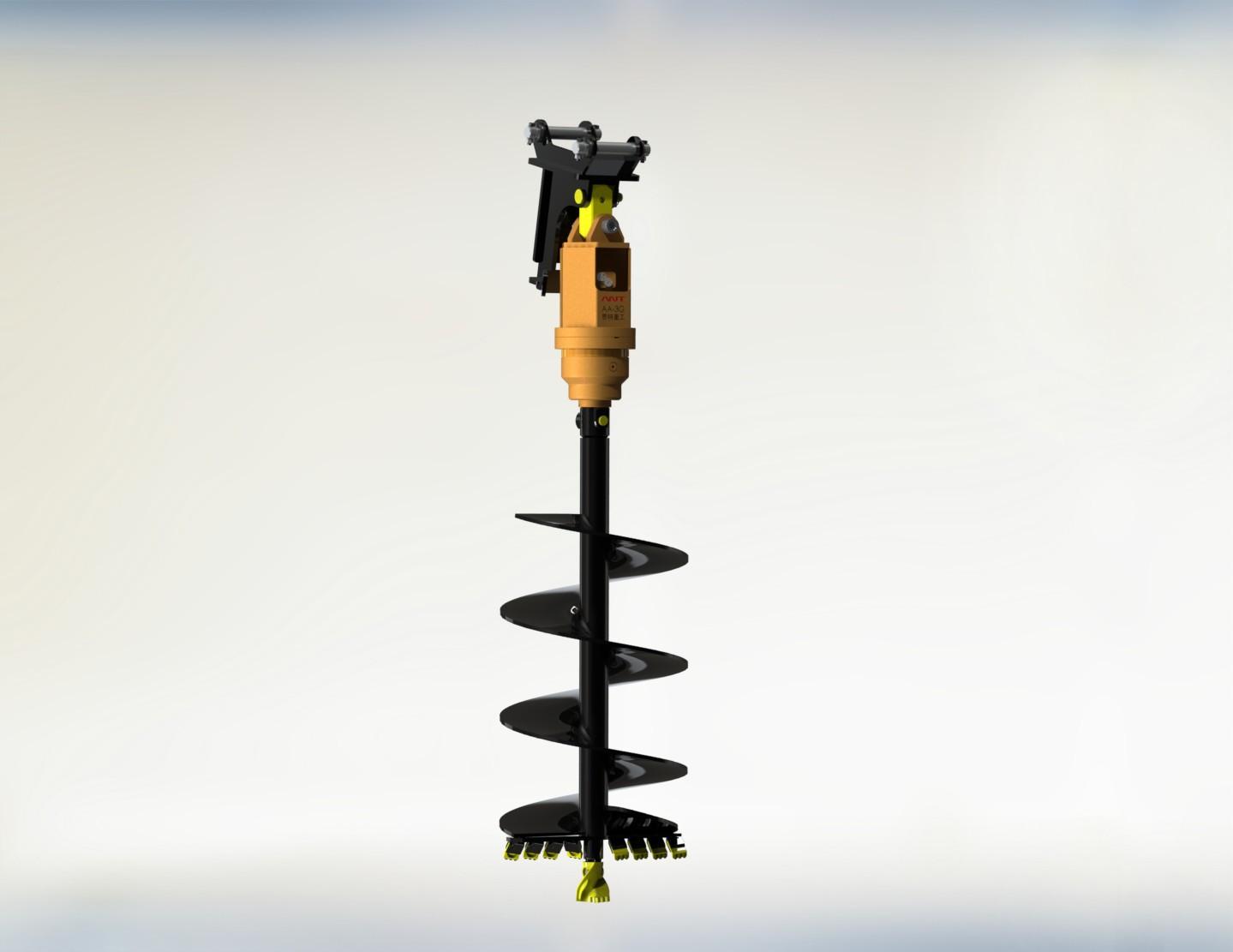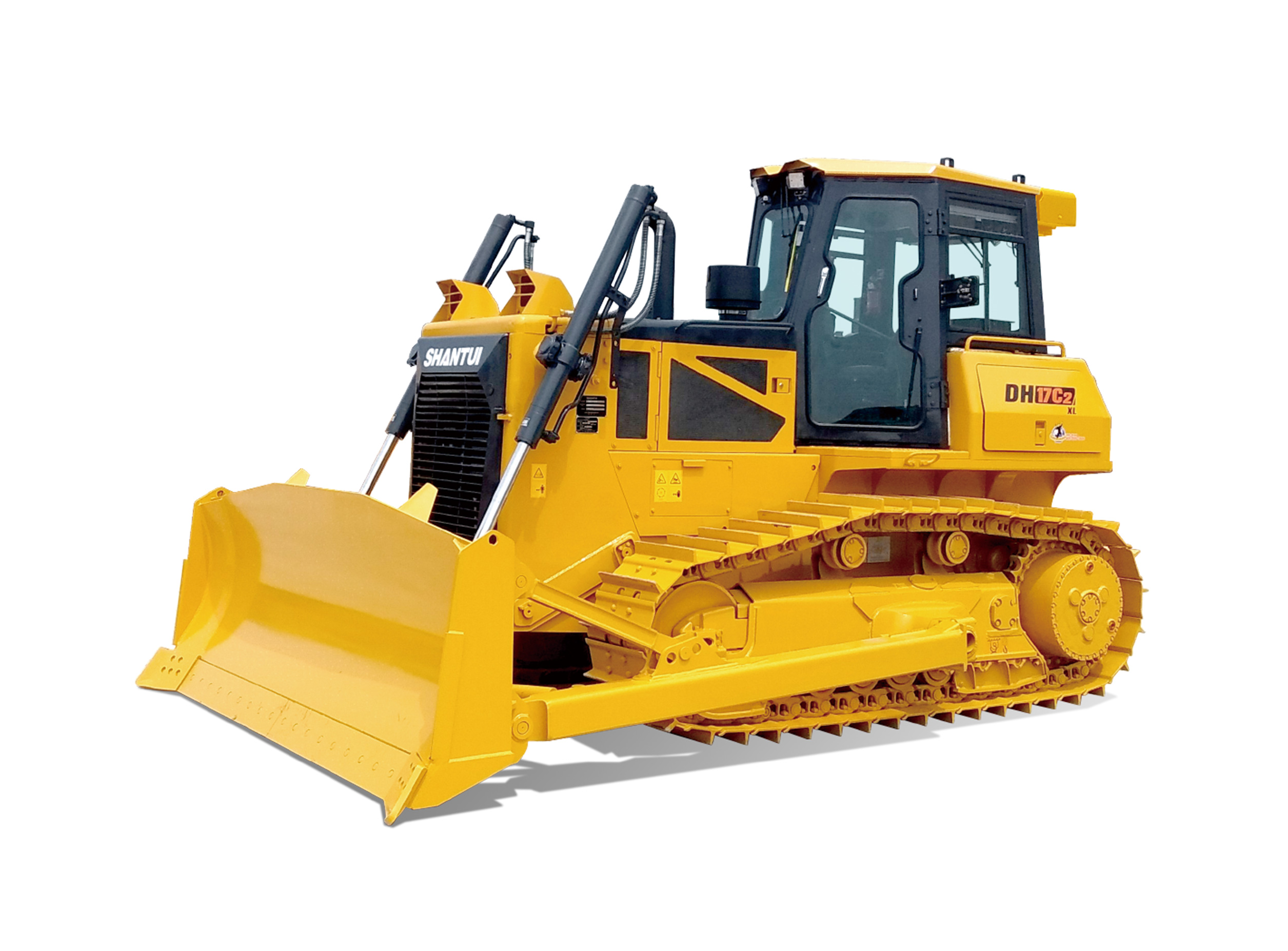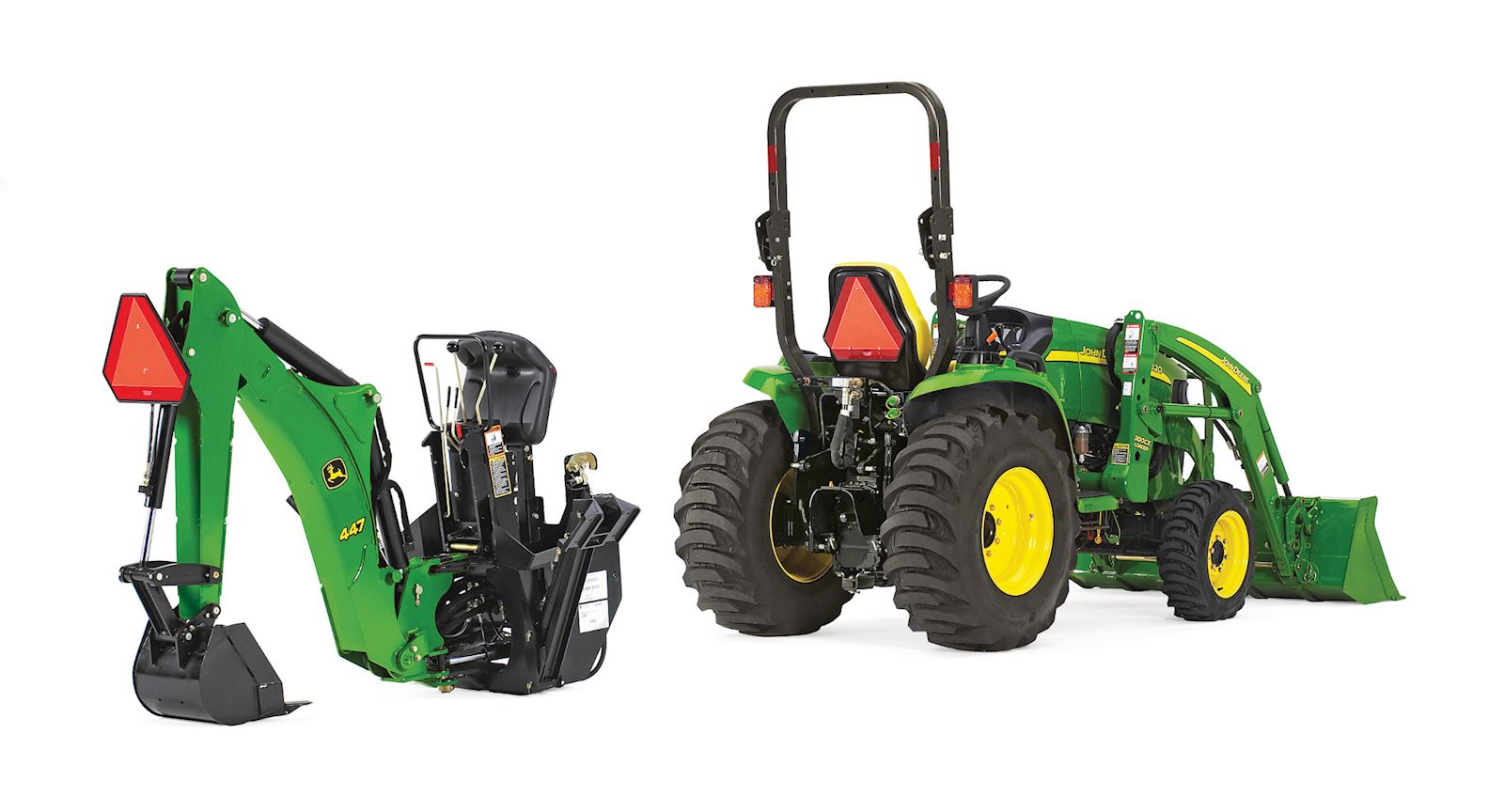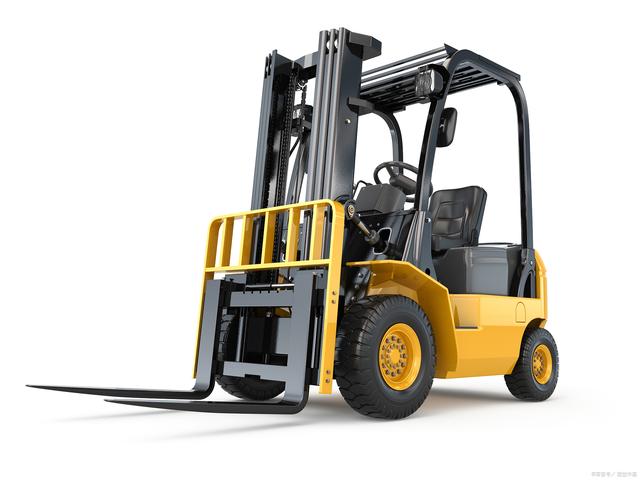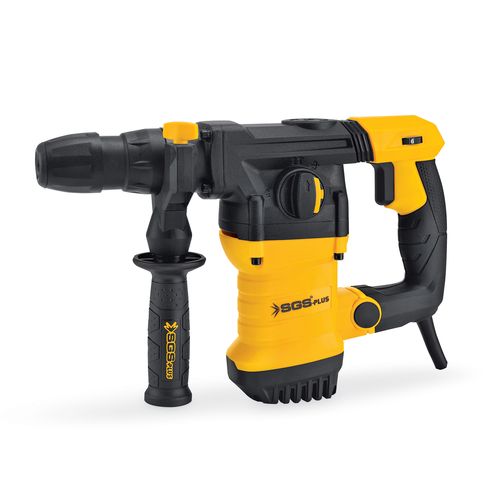A dishwasher is a great household appliance, which saves you time, efforts, and water, compared to washing dishes manually. However, to get the best out of your dishwasher, you need to know how to load it correctly. Incorrect loading can lead to poor cleaning, damage to dishes, and wasted energy and water. In this article, we will provide you with a step-by-step guide on how to load your dishwasher properly.
Preparation
Before you start loading your dishwasher, you need to make sure that it is clean and free of leftover food and debris. Remove any visible food particles and wipe down the sides and the rubber seals with a damp cloth. Next, make sure that you have the right detergent, rinse agent, and any other additives recommended by the manufacturer. Lastly, check your dishwasher's user manual to see if there are any specific loading instructions.
Arrangement
The arrangement of items in your dishwasher can make a big difference in the cleaning results and energy efficiency. First, make sure that you don't overcrowd the dishwasher, as it obstructs the water flow and reduces the cleaning performance. Second, group similar items together, such as plates, bowls, cups, and cutlery, so that they are washed together. Third, place the dirtiest items on the bottom rack facing the spray arm, as they require the most cleaning. Fourth, make sure that items are properly spaced and not touching each other, to prevent scratching and chipping. Fifth, place larger items such as pots and pans on the sides or at the back of the dishwasher, to avoid blocking the water flow.
Load the Bottom Rack
The bottom rack is designed to hold larger and heavier items such as plates, bowls, pans, and pots. Start by placing the larger items on the sides and at the back, leaving enough space in the middle for the spray arm to rotate. Place the plates and bowls facing downwards, and the larger items facing the spray arm. Make sure that items are not touching each other, to prevent chipping and scratching. Also, avoid blocking the dishwasher's detergent dispenser, as this can cause spotting and streaks.
Load the Top Rack
The top rack is designed to hold smaller and lighter items such as cups, glasses, and cutlery. Start by placing the glasses and cups upside down on the prongs, making sure that they are not touching each other. Place the cutlery in the designated slots, with the handles facing downwards. If your dishwasher has a third rack, use it for larger utensils such as serving spoons and spatulas. Lastly, make sure that the top rack is properly aligned with the spray arm, to ensure efficient cleaning.
Conclusion
Loading your dishwasher correctly is essential for getting the best results in terms of cleaning, energy efficiency, and preservation of your dishes. Remember to prepare your dishwasher and arrange your items properly, load the bottom rack first, then the top rack, and make sure that you don't overcrowd or block the dishwasher. By following these simple steps, you can get a sparkling clean and safe dishwasher.

